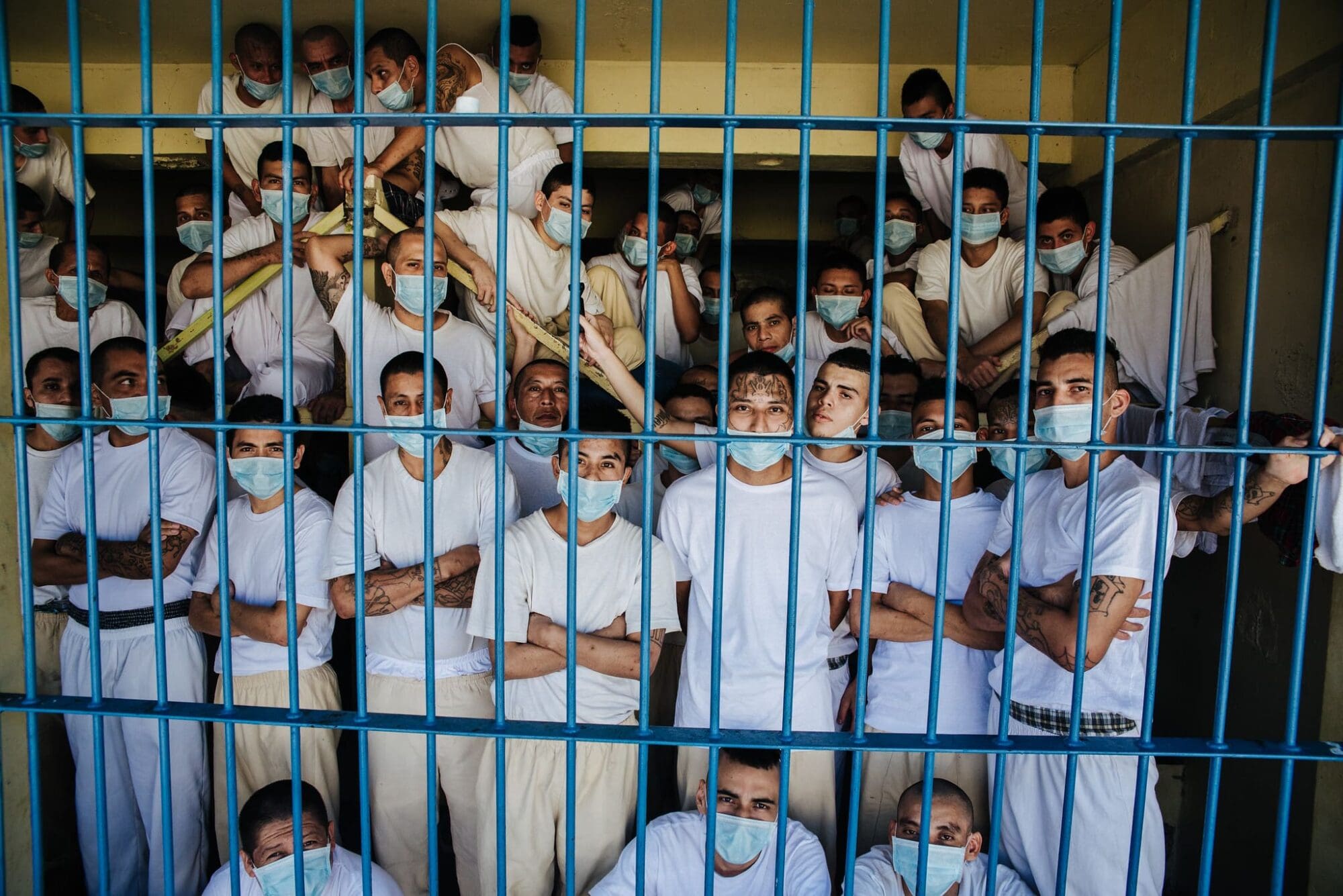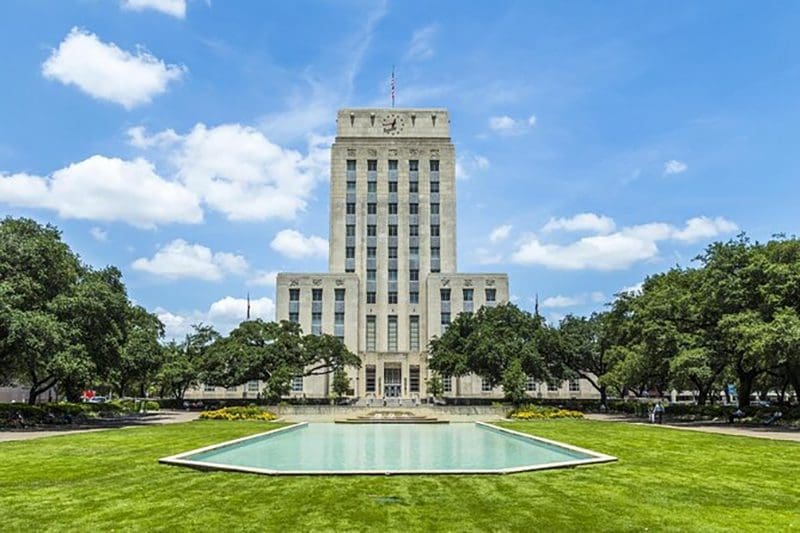“Summertime, and the living is easy.” Those lyrics from the famous Gershwin song conjure up memories of long lazy days, hanging out at the pool, fishing holes, baseball games, 4th of July fireworks, and burgers on the BBQ. But summertime is also the time when local taxing entities in Texas set their property tax rates for taxes paid in the coming year, and the tempers of taxpayers might be heating up faster than outdoor thermometers in July. Summertime is a time when citizens need to be paying attention to their local taxing entities.
On June 11, Keller Independent School District set their proposed tax rate at $1.51, representing a $1.17 Maintenance & Operations (M&O) rate, and a $0.34 Interest and Sinking (I&S) rate (debt re-payment & interest). Current tax rates are $1.04 M&O, and $0.48 I&S, for a total of $1.52.
The district has called this plan a “Tax Rate Swap & Drop” – switching the tax rates from the I&S bucket, where funds are restricted to use only for debt payments, to the M&O bucket, which can be used for any expense the district incurs. While the change reflects a net “drop” of one cent, the increase in M&O rate necessitates voter approval via a Tax Ratification Election (TRE).
The date set for the TRE is September 8, 2018, with early voting August 22 through September 4.
If the tax ratification fails, the tax rate will revert back to the current $1.52 rate, and the board claims they will then face continued deficit spending, and will not be able to give pay raises to district employees and teachers.
As I will point out later, these dire warnings are likely due to the inability to control costs rather than the “need” for more money.
On June 28, the KISD Board of Trustees held a public hearing on their proposed budget, which assumes passage of the TRE with the new switched up tax rates, and anticipates revenues of $292,731.172. The prediction is that the new rates will bring in an additional $19 million in M&O revenue annually. But projections also reveal that over the next four years, new revenue gets eaten up quickly with expenses, and after the 2018-19 school year, the projected revenues and expenditures are balanced. The board approved this budget by a vote of 5 to 1, with one trustee absent.
Citizens have expressed concerns about the proposed budget and the swap-and-drop tax plan. The one dissenting trustee shared many of these same concerns before the board vote was taken.
First among those concerns is the district has not done enough to control spending growth in recent years. Although state funding decreases as property tax revenues increase from rising property values, the district still receives more revenue year over year, and yet they’ve been incurring deficits for several years. Their budget reports project property value increases of 9 percent for 2018-19, and 6 percent after that. This is basically a built-in 6-percent increase in revenue if property values rise as predicted.
They’re also receiving more money per student every year. Budget funds per student are up 20.5 percent in just five years. Total revenue per student across all funds – M&O and I&S combined – is up 18.5 percent, from $9,267 in 2011-12 to $10,986 in 2016-17.
Even if voters reject the TRE, the district projects it will still collect $6.7 million more revenue in 2018-19 than in the current year.
Second, one has to wonder: if the district can afford to lower the I&S rate by 14 cents, and still meet their debt obligations into the future, why have they not lowered it before now and offered taxpayers some actual relief? It appears to be an admission the board was artificially keeping its I&S tax rate 14 cents higher than necessary to service its annual debt service.
And of course, we have to trust the board’s word that they will not raise the I&S rate back up in the future, or issue hundreds of millions more in bond debt. Their plan depends on a number of “assumptions” which may or may not prove to be accurate. Any deviation from the assumed conditions may put them back into a crisis situation with the budget.
Another concern about the new tax plan is that it will put KISD into a position of having to pay into the recapture system known as Robin Hood (a state law that requires richer districts to contribute funds that are re-distributed to poorer districts). If voters approve this swap, a large chunk of additional property taxes collected by KISD will be paid to the state, rather than staying in KISD schools.
The first year’s recapture payment will be nearly $5 million, and about $1.5 million in subsequent years. It is hard to accept a plan that provides no real tax relief to taxpayers, and requires sending $5 million off to be redistributed by the state. I for one would much rather have that money stay inside the district.
The final concern is that the new plan will put the M&O rate at the maximum allowable by current state law ($1.17). If conditions change in the future, and an increase could be justified, there would be no place to go without a change in state laws.
Taxpayers have been begging for property tax relief for years, and yet taxing entities continue to increase spending and raise taxes dramatically. Taxpayers don’t have the ability to take a vote of the family, and increase their revenue by taxing other families. They are forced to set priorities and live within their means. Perhaps school districts should be required to do the same?
If there is going to be a swap and drop, it should lower the overall tax burden to a rate that would provide actual relief to the taxpayers footing the bill.
The living may be easy in the Gershwin song, but in Texas, everything goes up in the summertime – temperatures, tempers, and property taxes.
This is a commentary submitted and published with the author’s permission. If you wish to submit a commentary to the Texas Scorecard, please submit your article to submission@empowertexans.com.





